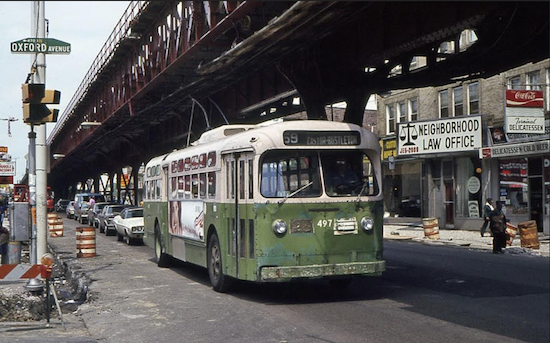Brooklyn, the pioneer of electric bus service since the 1950s

In early January, the Brooklyn Eagle ran an article announcing that the city plans to introduce 10 new, all-electric buses as part of a pilot program.
Five of these buses would operate on the B32 in Brooklyn and Queens, and the remaining five would run on Midtown Manhattan bus routes. The plan would also include an overnight charging station for electric buses in Queens as well as an en-route power-charging station at Williamsburg Bridge Plaza.
Many observers feel the number of these buses should be increased because of their projected cost savings and their environmental benefit, and that the city was wrong to consider adding 200 diesel buses to transport Brooklyn commuters during the upcoming L-train shutdown.

Brooklyn Boro
View MoreNew York City’s most populous borough, Brooklyn, is home to nearly 2.6 million residents. If Brooklyn were an independent city it would be the fourth largest city in the United States. While Brooklyn has become the epitome of ‘cool and hip’ in recent years, for those that were born here, raised families here and improved communities over the years, Brooklyn has never been ‘uncool’.